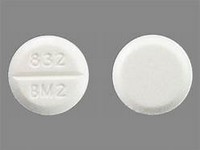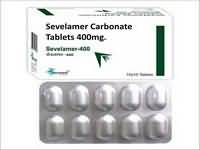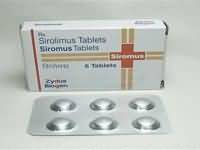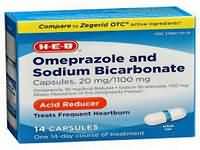Benzatropine mesilate

Benzatropine mesilate
CLINICAL USE
Parkinson’s disease Drug-induced extrapyramidal side effects DOSE IN NORMAL RENAL FUNCTION
IV/IM (emergency use): 1–2 mg PHARMACOKINETICS
Molecular weight :403.5 %Protein binding :95 %Excreted unchanged in urine : Majority (as unchanged drug and metabolites) Volume of distribution (L/kg) :half-life – normal/ESRD (hrs) : DOSE IN RENAL IMPAIRMENT
GFR (mL/MIN)
20 to 50 : Start with low doses and adjust according to response 10 to 20 : Start with low doses and adjust according to response <10 : Start with low doses and adjust according to response DOSE IN PATIENTS UNDERGOING RENAL REPLACEMENT THERAPIES
CAPD :Unknown dialysability. Dose as in GFR <10 mL/min HD :Unknown dialysability. Dose as in GFR <10 mL/minHDF/high flux :Unknown dialysability. Dose as in GFR <10 mL/minCAV/VVHD :Unknown dialysability. Dose as in GFR 10 to 20 mL/min IMPORTANT DRUG INTERACTIONS
Potentially hazardous interactions with other drugsPhenothiazines and tricyclic anti- depressants: may cause paralytic ileus which can be fatal ADMINISTRATION
Reconstition
– Route
IV, IM Rate of Administration
–Comments
– OTHER INFORMATION
Benzatropine pharmacokinetics are not well studied, but the drug apparently is hepatically metabolised to conjugates and may undergo entero-hepatic recyclingBenzatropine has a cumulative effect and a prolonged duration of action; therefore, treatment should commence with the lowest possible dosage and be titrated according to response
See how to identify renal failure stages according to GFR calculation
See how to diagnose irreversible renal disease
Home









